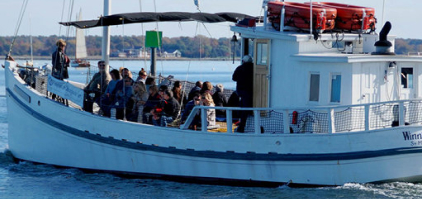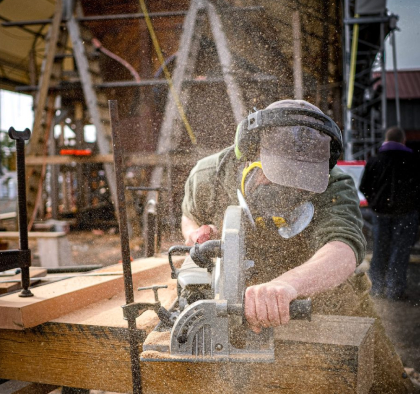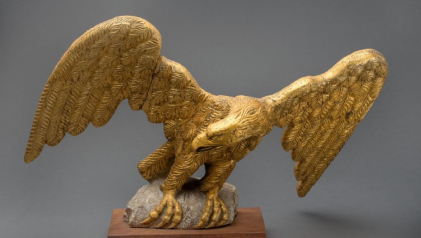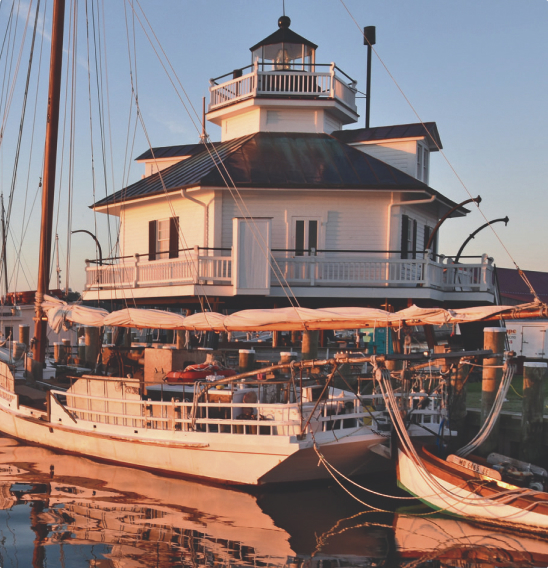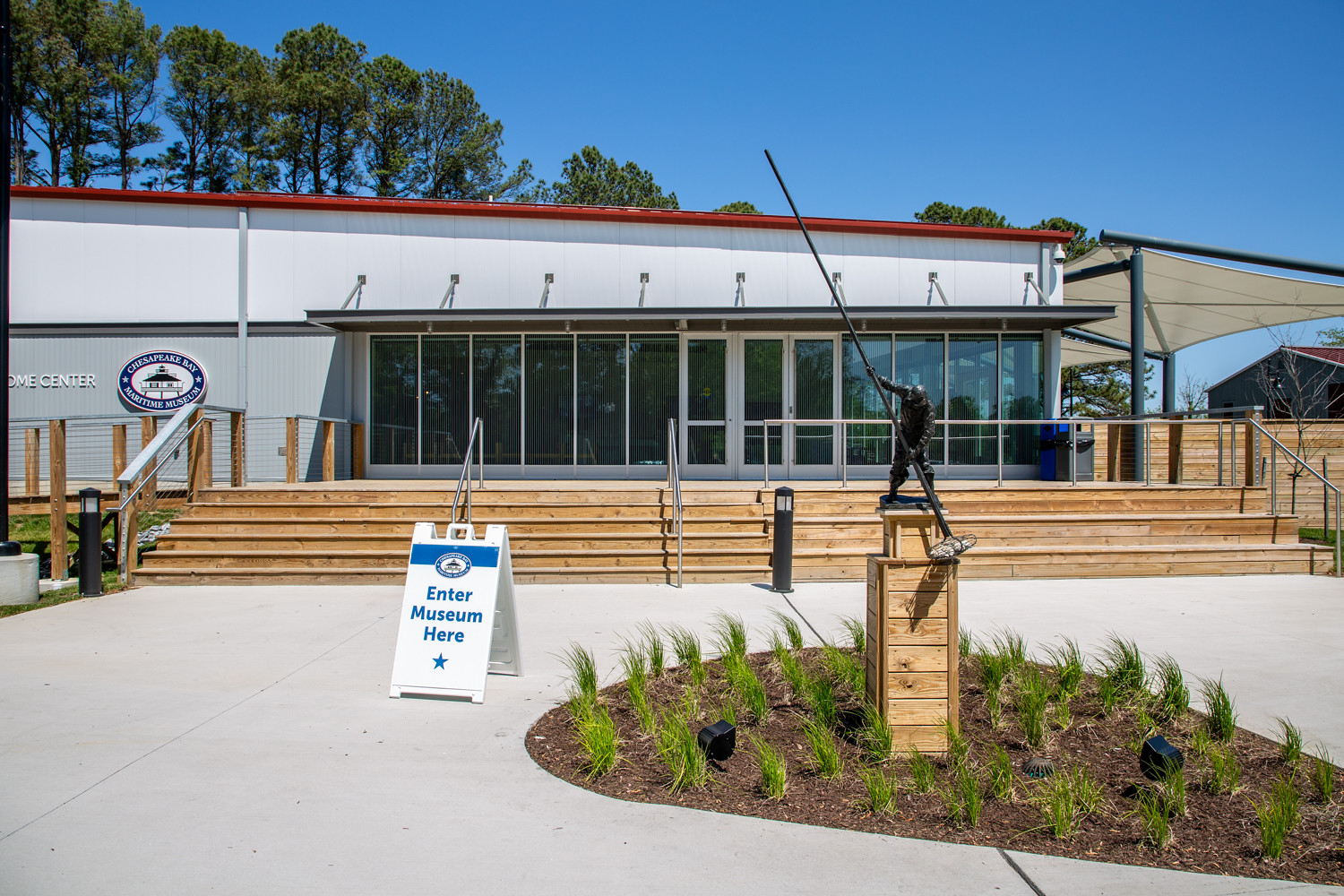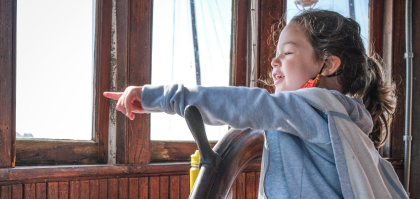Frederick Bailey (later known as Frederick Douglass) was born at Tapper’s Corner, near the Tuckahoe River and raised by his grandmother, Betsey. He lived in St. Michaels between 1833 and 1836, where he and his sister, Eliza Bailey, both were enslaved by Mr. and Mrs. Thomas Auld. Two years older, Eliza Bailey was Fred’s friend, playmate, teacher, and co-conspirator in the kitchen and grounds of their masters’ plantations.

Eliza Bailey married Peter Mitchell a man enslaved by the Hambleton family of Perry Cabin farm who were convinced by local Quakers to emancipate their slaves. In 1836, Peter “purchased” his wife and two children from Thomas Auld for $100, a debt Peter took almost 5 years to pay off. Peter rented the house and continued to work for the Hambletons after he was freed; Eliza worked for them as a farm laborer after Peter purchased her freedom. They were living in the house by the 1860s, and possibly as early as the 1830s.
When Frederick Douglass was living in St. Michaels in the 1830s, he described the enslavers of the town in the most brutal terms. The shipbuilding trade that had helped build the town was dying off, and the oystering industry that would revive it had yet to really boom. Two years after a failed attempt to self-emancipate from a Talbot County farm, Frederick Bailey—who had been sent to work in a Baltimore shipyard—disguised himself and fled to freedom, changing his name to Frederick Douglass to avoid capture.
In the following decades, St. Michaels boomed as a center for oystering — with oyster houses and canneries, and growing employment for Black waterman and their families; one-third of watermen were Black by the late 1880s, numbering in the thousands. John Mitchell, Eliza and Peter Mitchell’s son, was working as a waterman by 1870.
Learn more about the history of the Mitchell House structure here.
